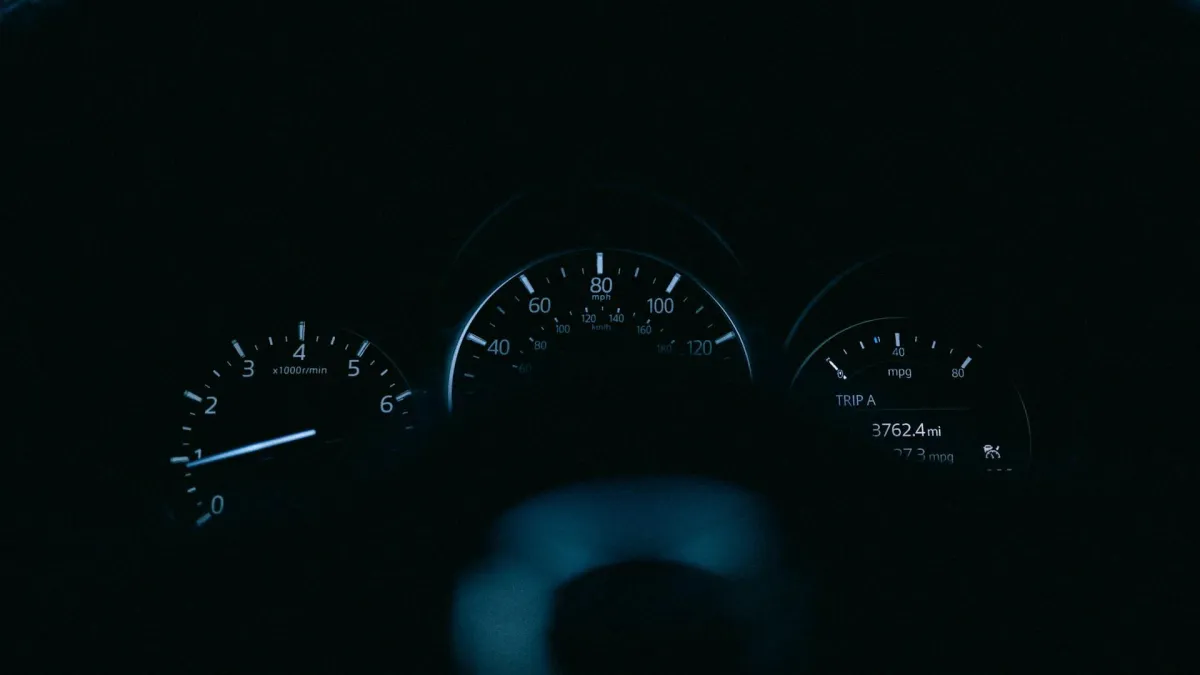
Decode Your Car's Warning Lights for Safer Drives
Car warning lights serve as the language your vehicle speaks, giving you vital information about its health. These indicators can be confusing at first glance, but they play an important role in ensuring your car runs smoothly. Imagine driving along when suddenly a light pops up on your dashboard. It might seem mysterious, but it's your car's way of saying it needs some attention. Becoming familiar with these dashboard signals can save you from future headaches and keep your vehicle in top condition.
Each warning light has its own meaning, and knowing what they represent helps you respond appropriately. Some lights indicate minor issues, while others may require immediate action. Understanding these signals becomes especially useful when you need to determine whether a mechanic's assistance is necessary. By recognizing these lights, you can catch problems early, preventing them from developing into serious concerns. Let's look into the common car warning lights and explore what they mean.
Common Car Warning Lights
Modern cars are equipped with a variety of warning lights, each designed to notify you of a specific issue. Knowing what these symbols mean helps you decide the next steps and if professional help is needed.
- Check Engine Light: Possibly the most well-known, this light can indicate a range of problems, from a loose gas cap to issues with your engine. If it stays on after addressing easy fixes, it might be time to consult with a mechanic.
- Oil Pressure Warning Light: This one signals that your car's oil pressure is lower than necessary, which could lead to major engine damage if ignored. It's best to check your oil levels as soon as possible if you see this light flickering on.
- Brake System Warning Light: This light usually means there is an issue with your brakes. It could be low brake fluid or something more severe. Driving with brake issues is risky, so this light should prompt immediate attention.
- Battery Alert Light: Seeing this light suggests there might be a problem with your car’s charging system. It might be an issue with the battery itself, the alternator, or another electrical component.
- Tire Pressure Warning Light: This indicates that one or more of your tires is low on air. Keeping your tires inflated properly is important for safety and fuel efficiency.
Understanding these common warning lights helps you make informed decisions about vehicle maintenance. If any of these lights appear, assessing their significance and acting accordingly keeps your car running smoothly. And when in doubt, a professional check can provide peace of mind and ensure everything is in working order.
When to Call a Mechanic
Recognizing when to seek professional help can make a huge difference in your driving experience. Here's when you should consider putting down the DIY wrench and picking up the phone to call a mechanic:
- Immediate Attention Needed: If a warning light flashes red or begins blinking, it's usually an urgent problem. This can indicate severe engine issues or brake failure, and driving further could risk greater damage or put safety at risk.
- Signs of Intermittent Issues: Some lights may come and go. For example, if the Check Engine Light flickers on after you've hit a bump or drive through rain, it could signal an electrical issue that isn't immediately evident. These problems can worsen over time if not evaluated and fixed properly.
- Routine Maintenance vs. Serious Problems: Sometimes lights indicate standard maintenance needs, like an oil change. These aren't usually urgent, but ignoring them for too long can lead to real trouble, like engine wear. When lights point to something mechanical that you can't address, it's usually best to hand it over to the skilled hands of a professional.
Tips for Keeping Your Car in Check
Staying ahead of potential problems not only prolongs your car's life but also ensures safety on the road. Here are some practical steps you can take:
- Regular Dashboard Monitoring: Take a look at your dashboard at the start of each drive. Make a habit of scanning for lights that stay on after the ignition. This helps catch issues early.
- Understanding Your Vehicle’s Manual: Your car's manual is a handy resource. Familiarize yourself with it to know which light means what. This can save time and help you react appropriately when lights appear.
- Keeping an Emergency Kit: Equip your car with an emergency kit. Include things like a tire inflator, jumper cables, and basic tools. You never know when these might come in handy.
Taking Care of Car Warning Lights
Knowing what your car's warning lights mean can keep you one step ahead in maintaining the vehicle's health. These lights are your car's way of communicating issues, whether simple or severe. Paying attention to these signals ensures that small troubles don't evolve into costly repairs.
A familiar connection with your vehicle goes a long way in guaranteeing smooth drives and minimizing unexpected breakdowns. By being proactive and knowledgeable, you don't just drive safer; you also understand your car better. With this awareness, you're equipped to enjoy the road with fewer interruptions and more peace of mind, ready to tackle what comes next.
Stay informed about your car's dashboard signals to prevent minor issues from becoming costly problems. If you ever find yourself facing a mysterious light or need professional assistance, consider scheduling a mobile auto repair in Las Vegas. Mobile Mechanics is here to provide convenient and reliable service, right where you are. Equip your car with the care it deserves and drive with confidence today.